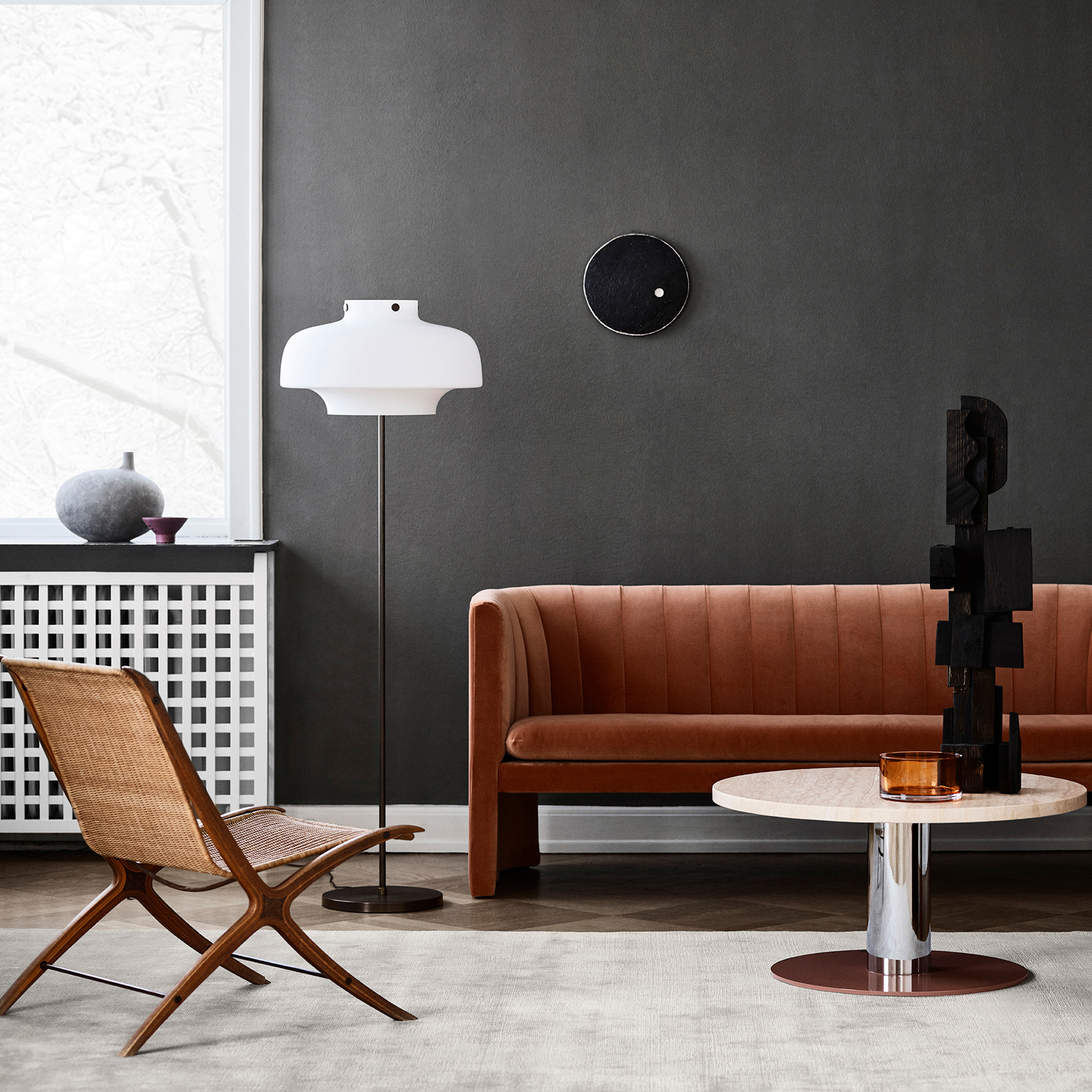
Wabi Sabi: The Beauty of Imperfection in Design
In a world that often values perfection and flawlessness, Wabi Sabi is a design style that celebrates imperfection, transience, and simplicity. Wabi Sabi is a Japanese term that refers to a philosophy of appreciating the beauty in the imperfect and the transient. This design style celebrates the natural beauty of the things that have been shaped by time and use, and is often associated with traditional Japanese architecture, art, and design. Wabi Sabi is not simply a design style; it is a way of life that encourages us to appreciate the beauty in the things that are often overlooked or dismissed.
The Principles of Wabi Sabi
At its core, Wabi Sabi is a celebration of imperfection, transience, and simplicity. The design style is characterized by the following principles:
1. Imperfection
In Wabi Sabi design, imperfection is not only accepted, but also celebrated. This includes the visible signs of wear and tear, as well as the natural variations that arise from the use of organic materials. The design style embraces the beauty in asymmetry, roughness, and irregularity, rather than trying to hide or correct these characteristics.
2. Transience
Wabi Sabi celebrates the beauty in things that are transient, impermanent, and fleeting. The design style embodies the notion that everything is in a constant state of change, and that nothing is permanent. This includes the natural aging of materials, the seasonal changes in nature, and the passage of time. Wabi Sabi values the beauty of things that are fleeting and ephemeral, rather than trying to make them last forever.
3. Simplicity
Wabi Sabi is characterized by its simplicity and minimalism. The design style values the beauty in things that are unadorned, uncomplicated, and pared-down. This includes the use of organic materials and natural textures, as well as the absence of excessive decoration or ornamentation. Wabi Sabi design seeks to create a sense of calm and serenity through its simplicity, rather than overwhelming the viewer with visual stimuli.
Examples of Wabi Sabi in Design
Wabi Sabi design can be found in a wide range of mediums, including architecture, interior design, fashion, and art. Here are some examples of how Wabi Sabi design principles can be applied in various contexts:
1. Architecture and Interior Design
Wabi Sabi architecture and interior design embody the principles of imperfection, transience, and simplicity. This can be seen in the use of natural materials like wood, stone, and clay, as well as the incorporation of natural light, seasonal changes, and weathering. Wabi Sabi design also values functionality and practicality, with an emphasis on creating spaces that are comfortable, livable, and unpretentious.
2. Fashion
Wabi Sabi values simplicity and natural materials, which can be seen in the use of organic fabrics like cotton, linen, and wool. The design style also celebrates the natural variations in textiles, including the subtle differences in texture, color, and pattern that arise from hand-woven or hand-dyed fabrics. Wabi Sabi fashion is often minimalist and unfussy, with an emphasis on comfort and durability.
3. Art
Wabi Sabi art often incorporates natural materials like stone, wood, and clay, with an emphasis on simplicity, texture, and asymmetry. The beauty in imperfection and transience is often conveyed through the use of traditional Japanese techniques like wabi-sabi ceramics, ikebana flower arrangement, and sumi-e ink painting. Wabi Sabi art values the beauty in natural materials and the inherent imperfections that arise from the creative process.
The Benefits of Wabi Sabi Design
Wabi Sabi design can offer many benefits to individuals and society as a whole. Here are some of the ways that Wabi Sabi design can enrich our lives:
1. A sense of calm and serenity
Wabi Sabi design values simplicity, minimalism, and natural materials, which can create a sense of calm and serenity in our lives. The design style emphasizes the beauty in things that are unadorned and uncomplicated, which can help us to focus on the essential aspects of our lives.
2. A connection to the natural world
Wabi Sabi design celebrates the beauty in imperfection and transience, which can help us to connect with the natural world and its cycles of life, death, and rebirth. The design style values the inherent beauty in things that have been shaped by time and use, which can help us to appreciate the beauty in the natural world around us.
3. A more sustainable approach to design
Wabi Sabi design values the natural beauty of imperfection and transience, which can encourage us to embrace a more sustainable approach to design. Rather than trying to make things last forever or always be “perfect,” Wabi Sabi design encourages us to appreciate the natural cycles of life and death, and to use resources in a more mindful way.
Wabi Sabi design offers an alternative to the cultural emphasis on perfection and flawlessness. The design style celebrates the beauty in imperfection, transience, and simplicity, and can offer many benefits to individuals and society as a whole. By embracing the natural beauty of things that have been shaped by time and use, Wabi Sabi design can help us to connect with the natural world and its cycles of life and death, while encouraging us to approach design in a more sustainable and mindful way.
